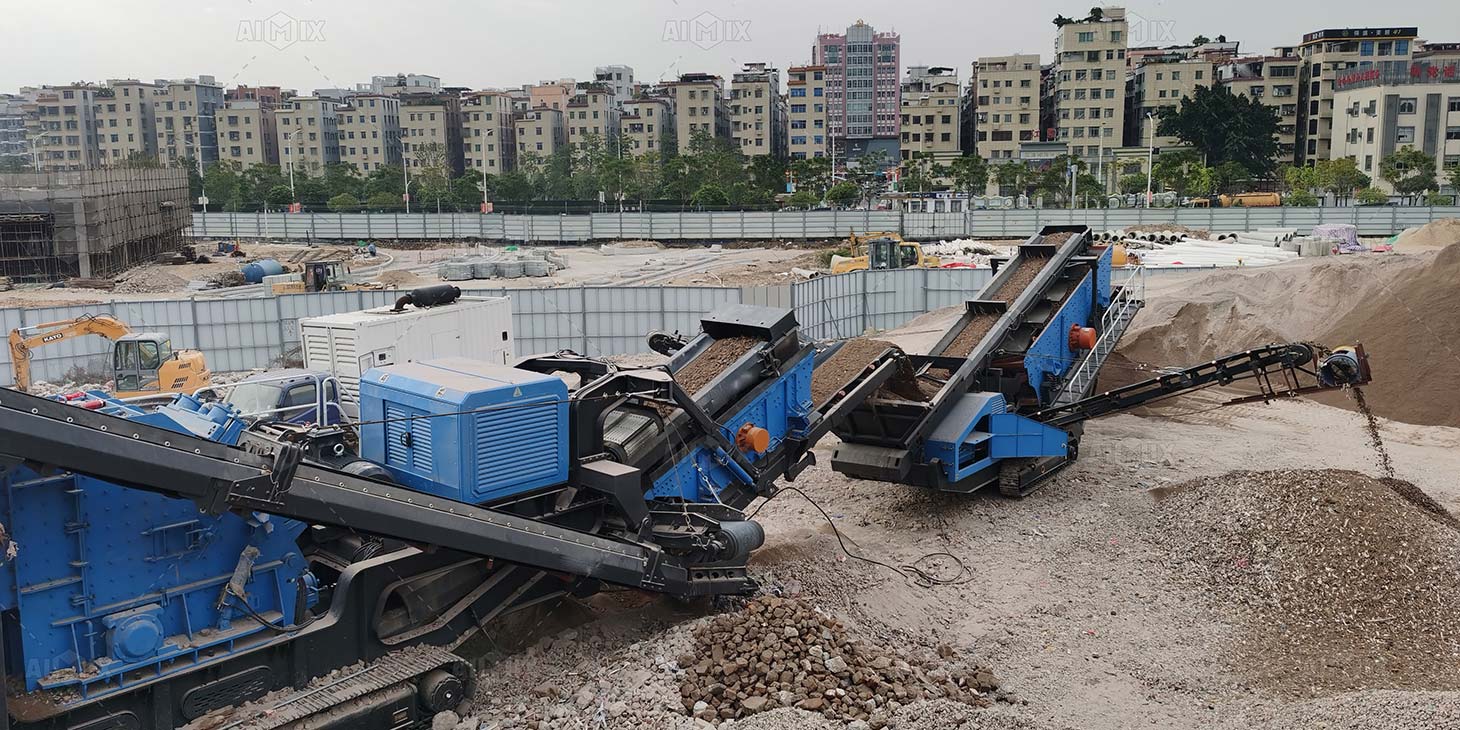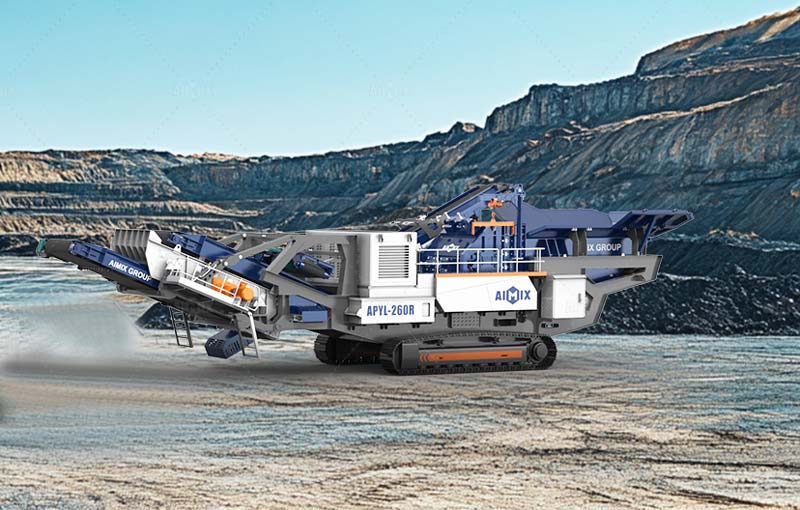The construction industry stands at a pivotal juncture, grappling with the dual imperatives of progress and sustainability. As urban landscapes evolve and infrastructure ages, the accumulation of construction and demolition (C&D) waste presents a formidable challenge. This detritus of development—mountains of concrete, asphalt, brick, and masonry—has long been viewed as a costly liability, a problem to be disposed of in overflowing landfills. However, a profound paradigm shift is underway. Modern technology is transforming this waste stream into a valuable resource, and at the vanguard of this revolution is the track mobile impact crusher. These mobile, sophisticated machines are no longer mere rock breakers; they have become the linchpin of a circular economy on the construction site, turning waste into wealth and redefining the very ethos of material management. Their mobility, efficiency, and advanced capabilities are charting a new, more responsible course for the entire sector.
The Paradigm Shift: From Linear Disposal to Circular Economy
The traditional model of construction waste management is fundamentally linear. Materials are extracted, used, and then discarded. This approach is increasingly untenable, both environmentally and economically. Track impact crushers are instrumental in forging a new, circular model where waste is not an endpoint but a new beginning.
On-Site Material Processing and Its Profound Benefits
The most significant advantage of a track-mounted impact crusher is its unparalleled mobility. It can be driven directly to the stockpile of demolition debris, eliminating the exorbitant costs and logistical complexities associated with transporting heavy, bulky waste to distant processing facilities or landfills. This on-site processing yields immediate and substantial financial returns. The most obvious is the drastic reduction in tipping fees and hauling expenses. More importantly, it creates a valuable product from what was once considered refuse. The crushed material, known as recycled aggregate, can be reused directly on the same project as a base layer for new foundations, roadways, or backfill. This circumvents the need to purchase and import virgin aggregate, creating a closed-loop system that is both economically astute and environmentally conscious.

Mitigating Environmental Footprint Through Intelligent Design
The environmental implications of this shift are profound. By processing material on-site, these mobile crushers dramatically reduce the carbon emissions generated by a fleet of diesel trucks making countless trips to and from landfills. Furthermore, the production of recycled aggregate consumes far less energy than quarrying, crushing, and transporting new natural aggregate. This conservation of natural resources helps preserve quarry landscapes and reduces the overall ecological disruption caused by the construction industry. The act of repurposing C&D waste in situ is a powerful demonstration of sustainable praxis, minimizing the project's overall environmental footprint in a tangible, measurable way.
Technological Evolution: The Smart Crusher of Tomorrow
The efficacy of modern track impact crushers is not solely a product of their mobility. A suite of advanced technological integrations is elevating their performance, efficiency, and ease of operation to unprecedented levels, making material recycling more viable than ever before.
Advanced Automation and Control Systems
Today's impact crushers are feats of digital engineering. Sophisticated programmable logic controller (PLC) systems allow operators to fine-tune the machine's performance with remarkable precision. Key parameters like rotor speed and the gap between aprons can be adjusted on the fly to produce a specific, consistent product size without stopping the crushing process. This level of control ensures optimal product quality and maximizes throughput. Many models are also equipped with remote monitoring capabilities, allowing fleet managers to track production data, machine health, and location from a central office, facilitating proactive maintenance and enhancing operational oversight.

Enhanced Versatility and Material Purity
Innovations in crusher design have significantly expanded the range of materials that can be effectively processed and the quality of the final product. Features like hydraulic adjustment systems allow for rapid configuration changes to handle different feed materials, from reinforced concrete to asphalt. Perhaps the most critical advancement for recycling is the incorporation of powerful magnetic separators. These systems automatically extract rebar and other ferrous metals from the crushed material stream. This not only purifies the final aggregate, increasing its value and usability, but also recovers a secondary scrap metal commodity, adding another revenue stream to the recycling operation. This ability to segregate materials on the go is a game-changer for the economics of construction waste recycling.
Economic Viability and Future-Proofing Construction Projects
Beyond the clear environmental benefits, the adoption of track impact crushers represents a sound and forward-thinking financial strategy. They are an investment in resilience and long-term profitability.
Calculating the Total Value Proposition
The financial argument for these machines extends far beyond the initial capital outlay. A comprehensive analysis must account for the avoided costs of waste disposal, the saved expense of purchasing new aggregate, and the potential revenue from selling high-quality recycled products. When these factors are tallied, the return on investment can be compelling. Furthermore, as regulations governing C&D waste become increasingly stringent and landfill costs continue to rise, the economic advantage of on-site recycling will only accelerate. Companies that integrate this technology are future-proofing their operations against these market and regulatory pressures.

A New Standard for Project Management
Ultimately, the integration of track impact crushers signifies a maturation in construction project management. It moves the industry toward a model where resource efficiency and environmental stewardship are not afterthoughts but core components of project planning and execution. This technology empowers contractors to take direct control of their material lifecycle, transforming a chronic operational challenge into a strategic advantage. The future of construction is one of intelligence and responsibility, and the innovative track impact crusher is poised to be a central figure in that new era.